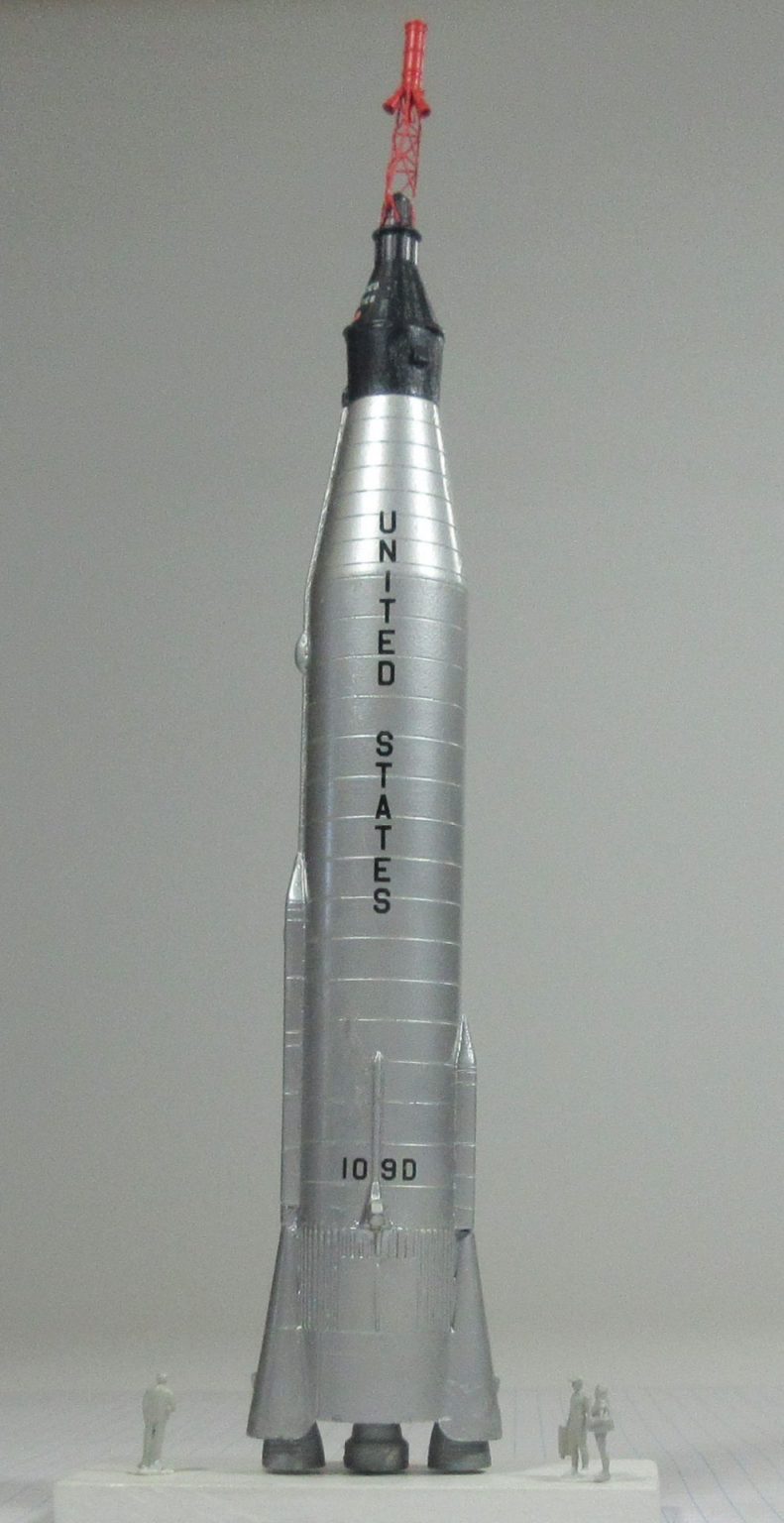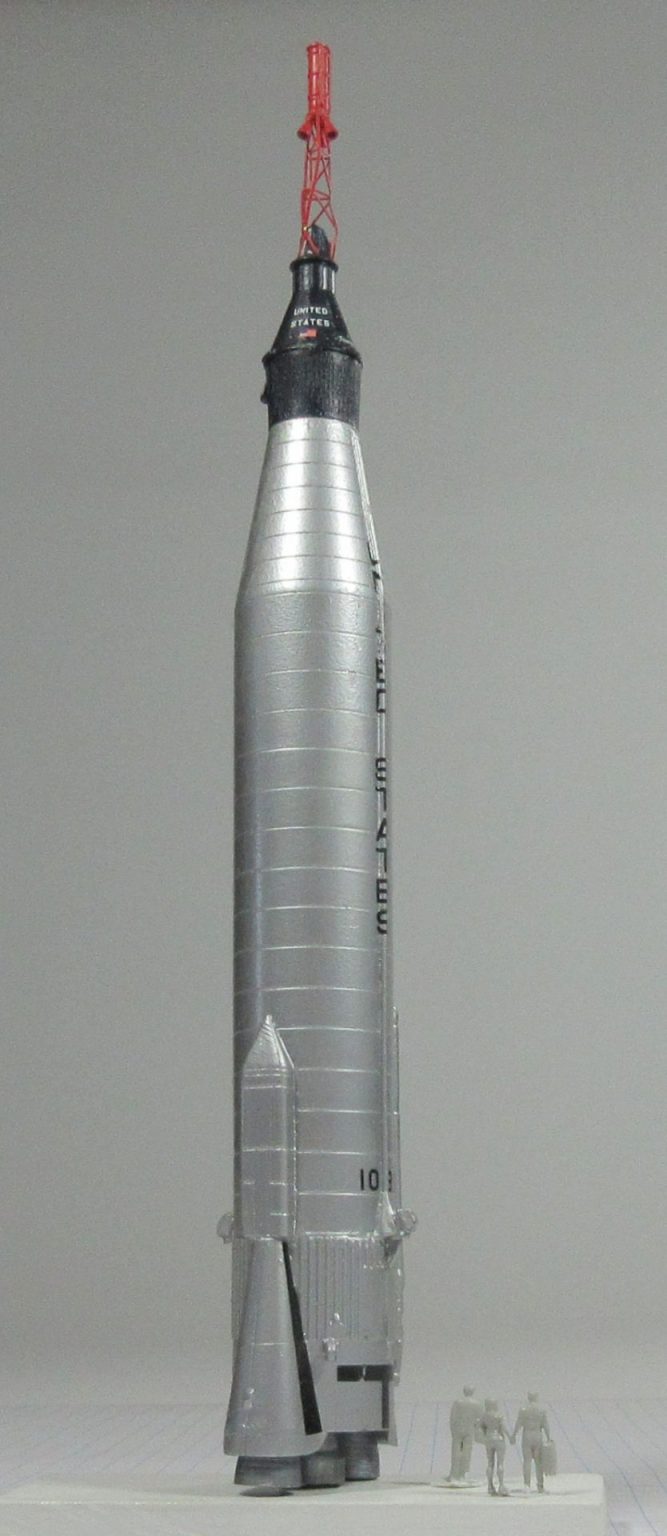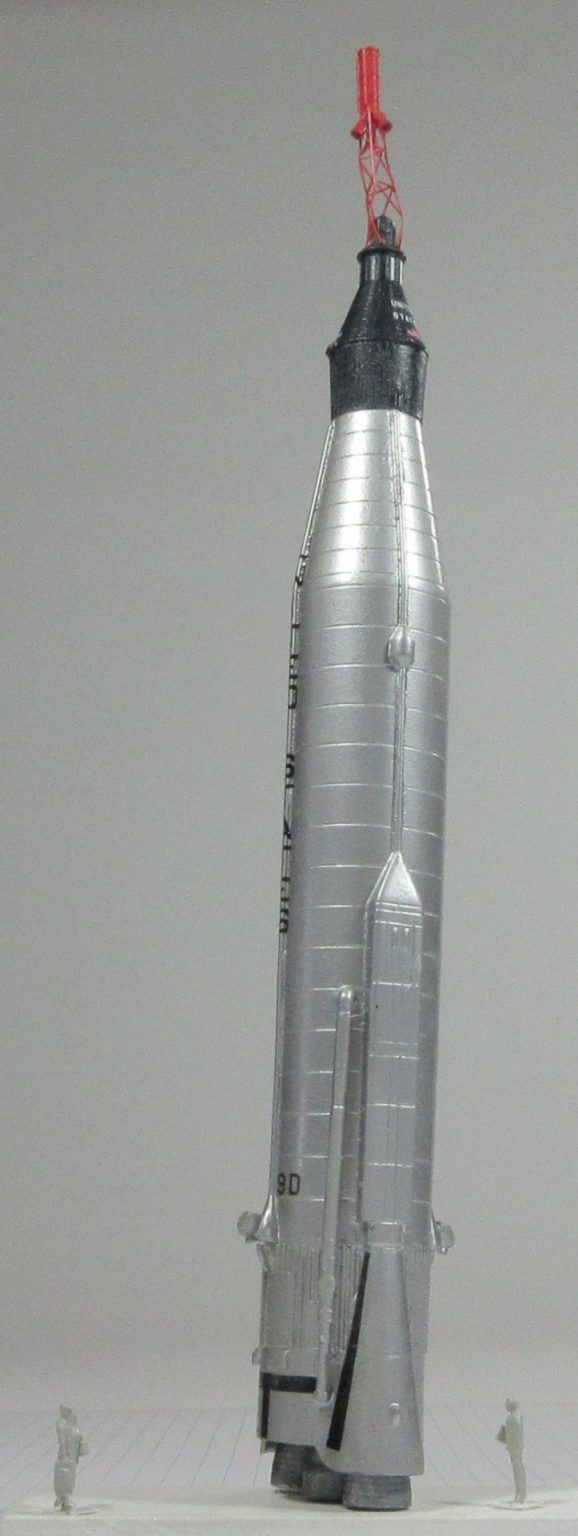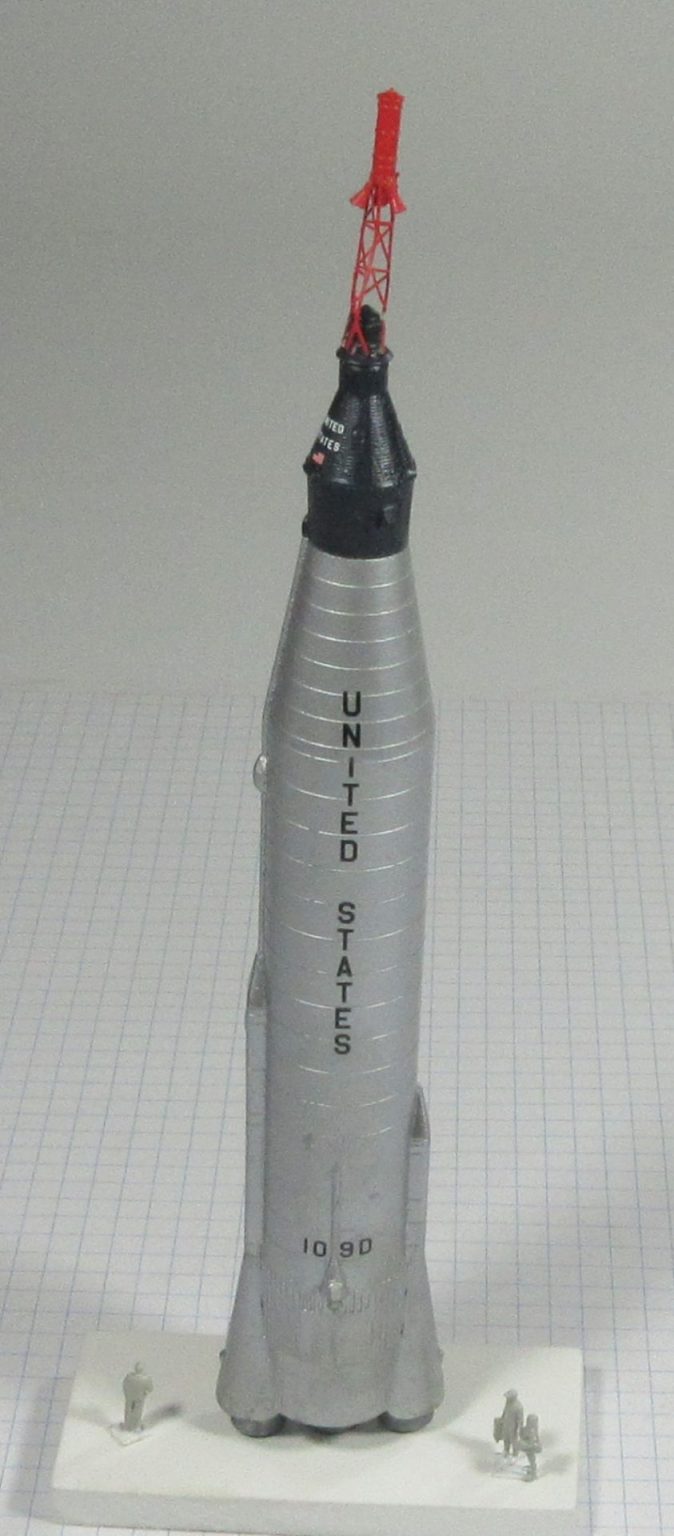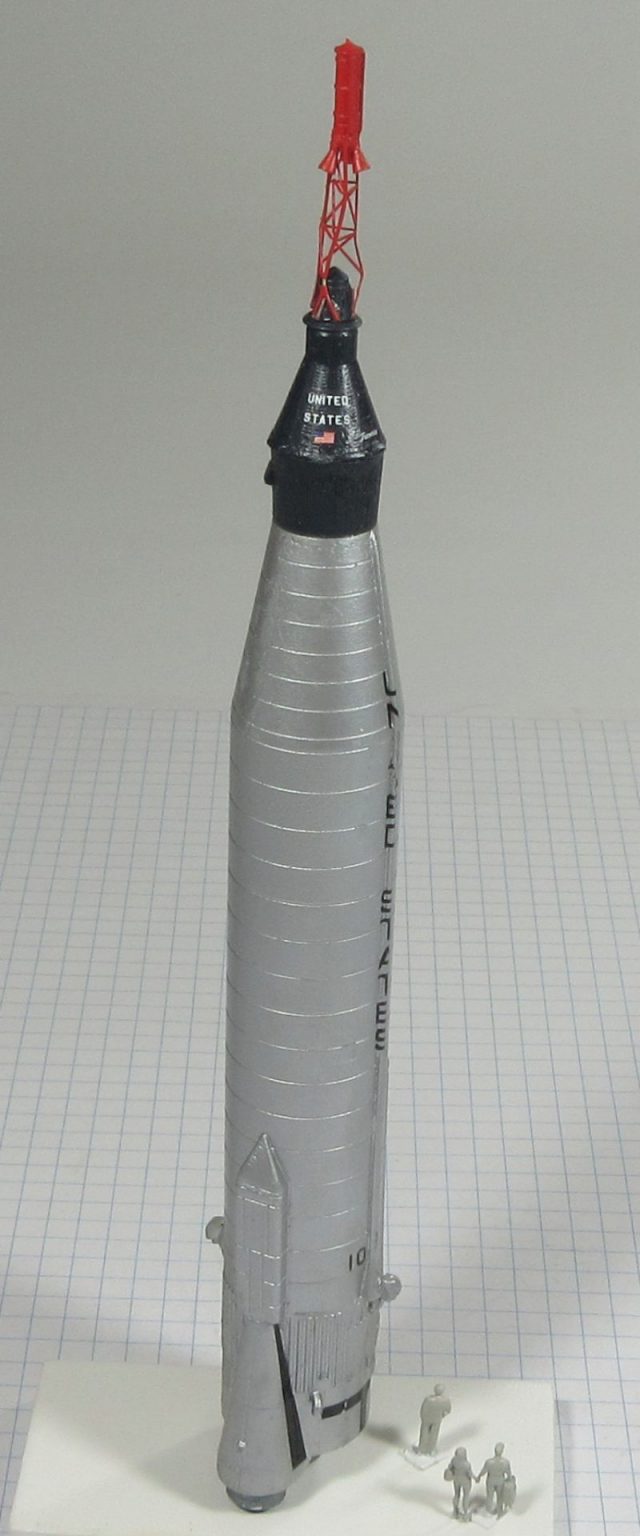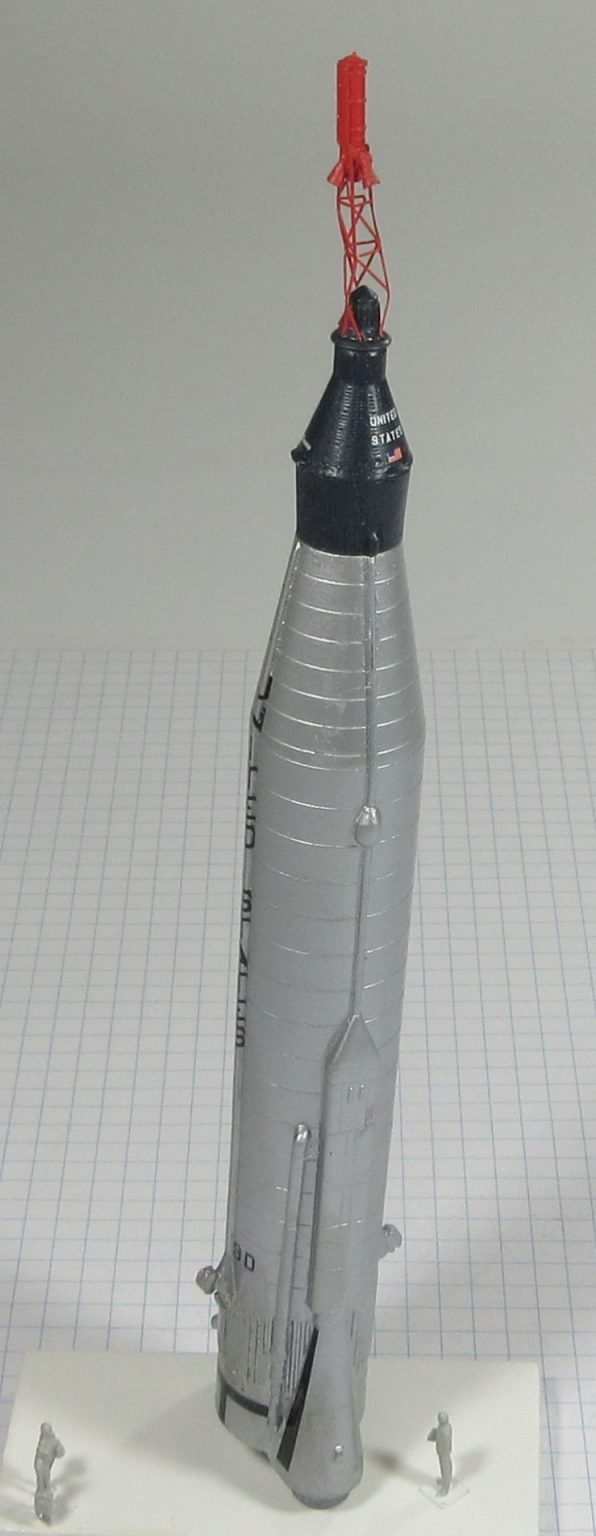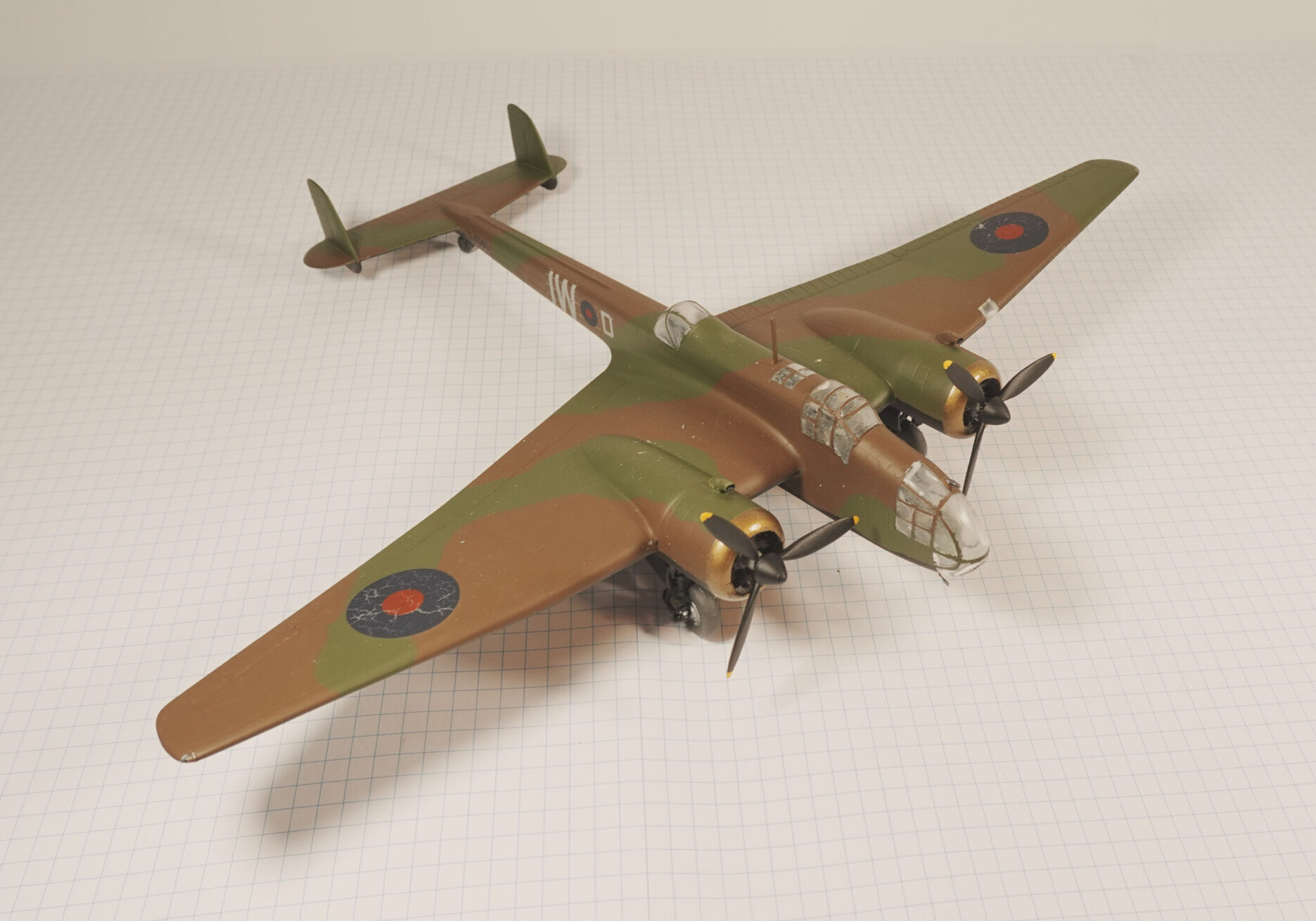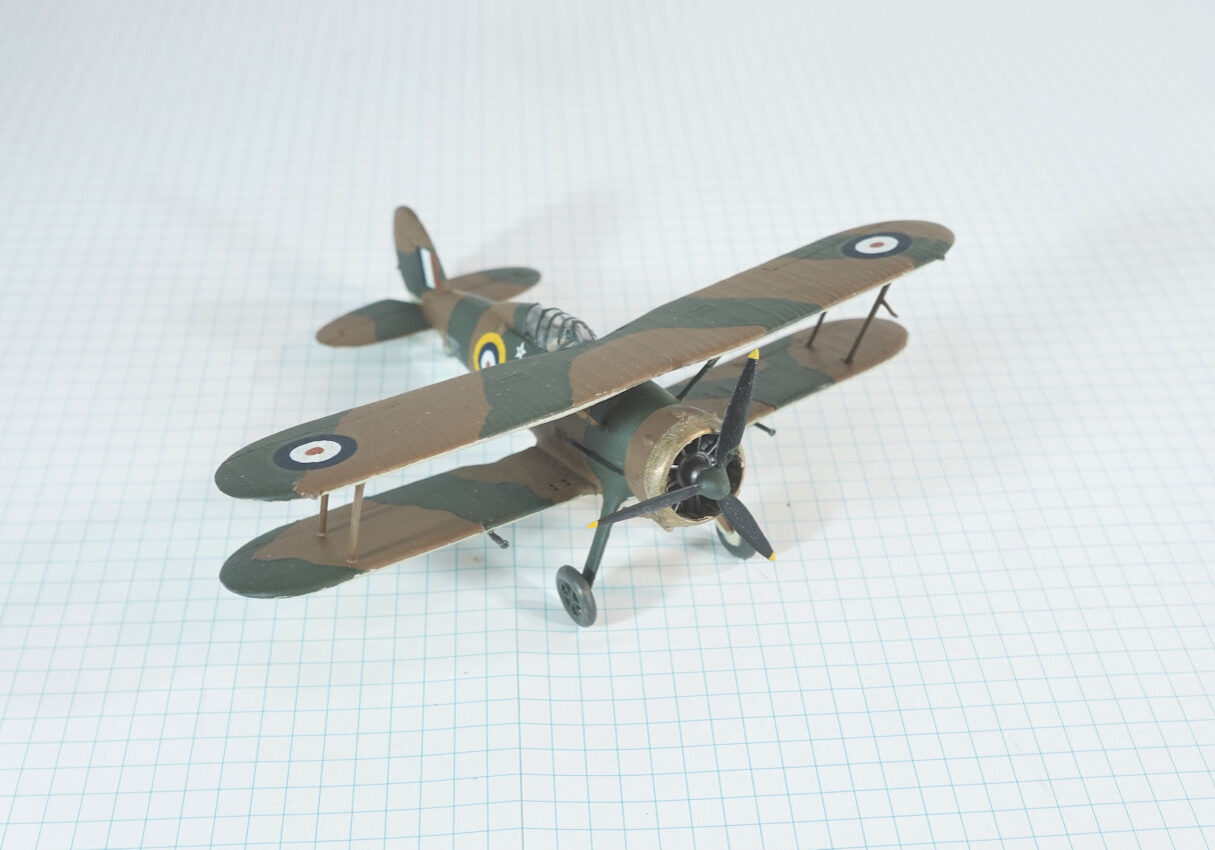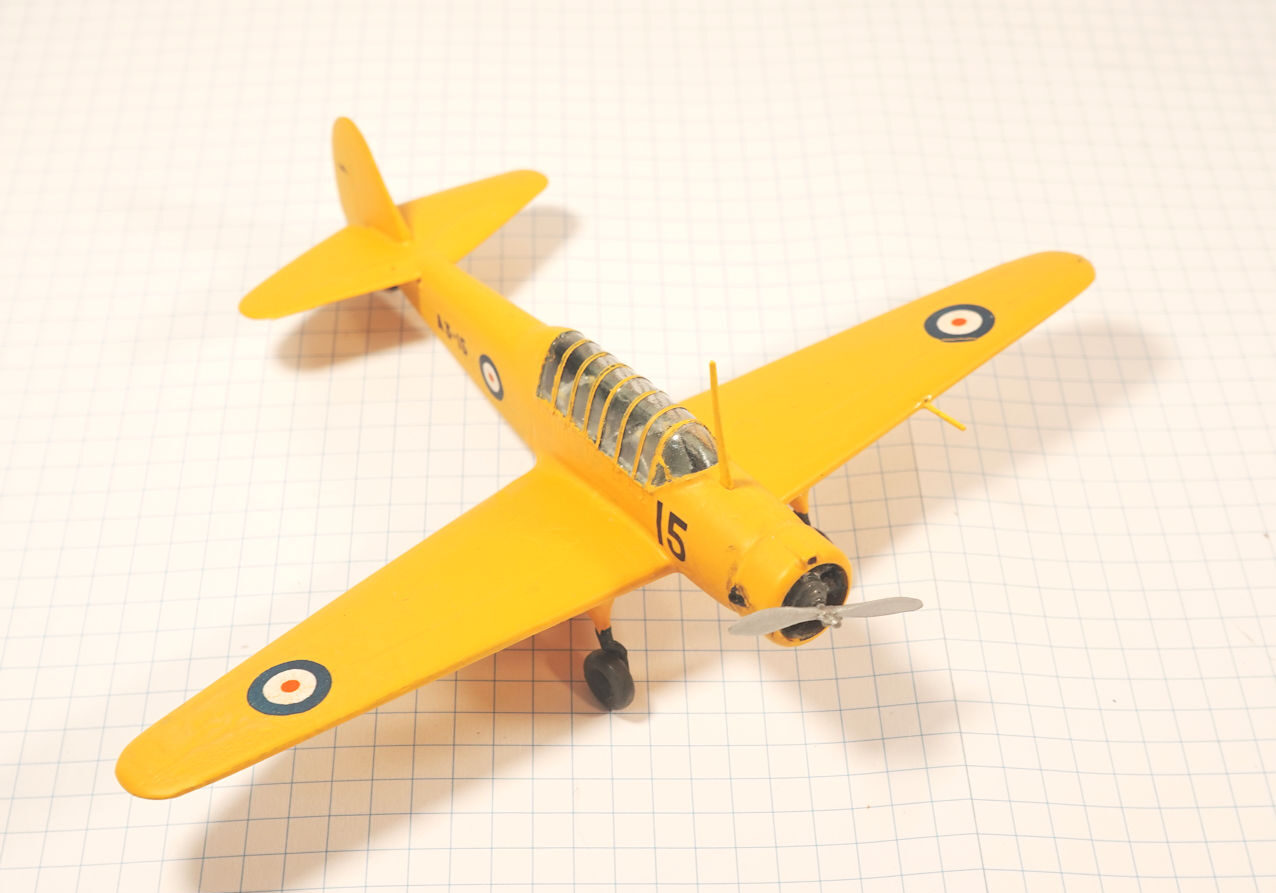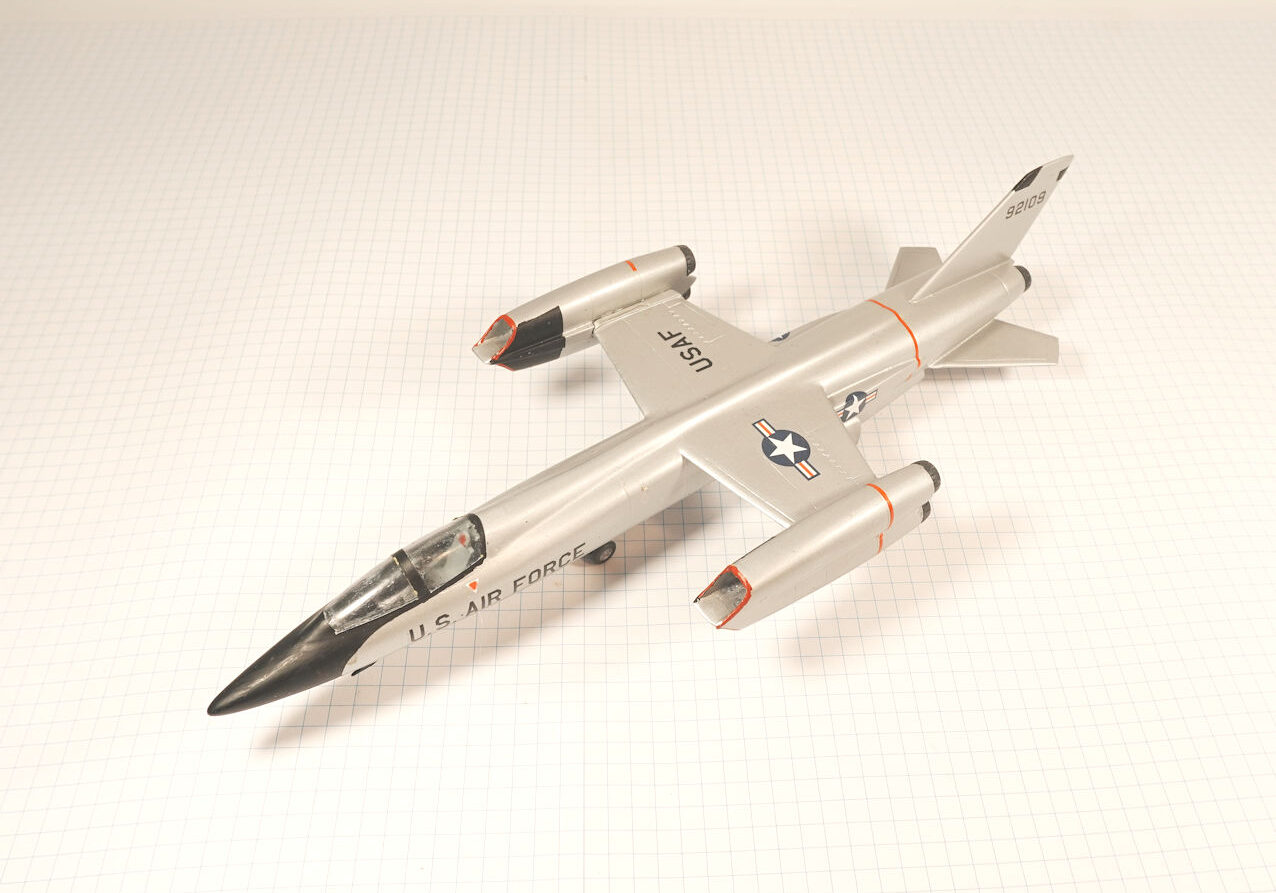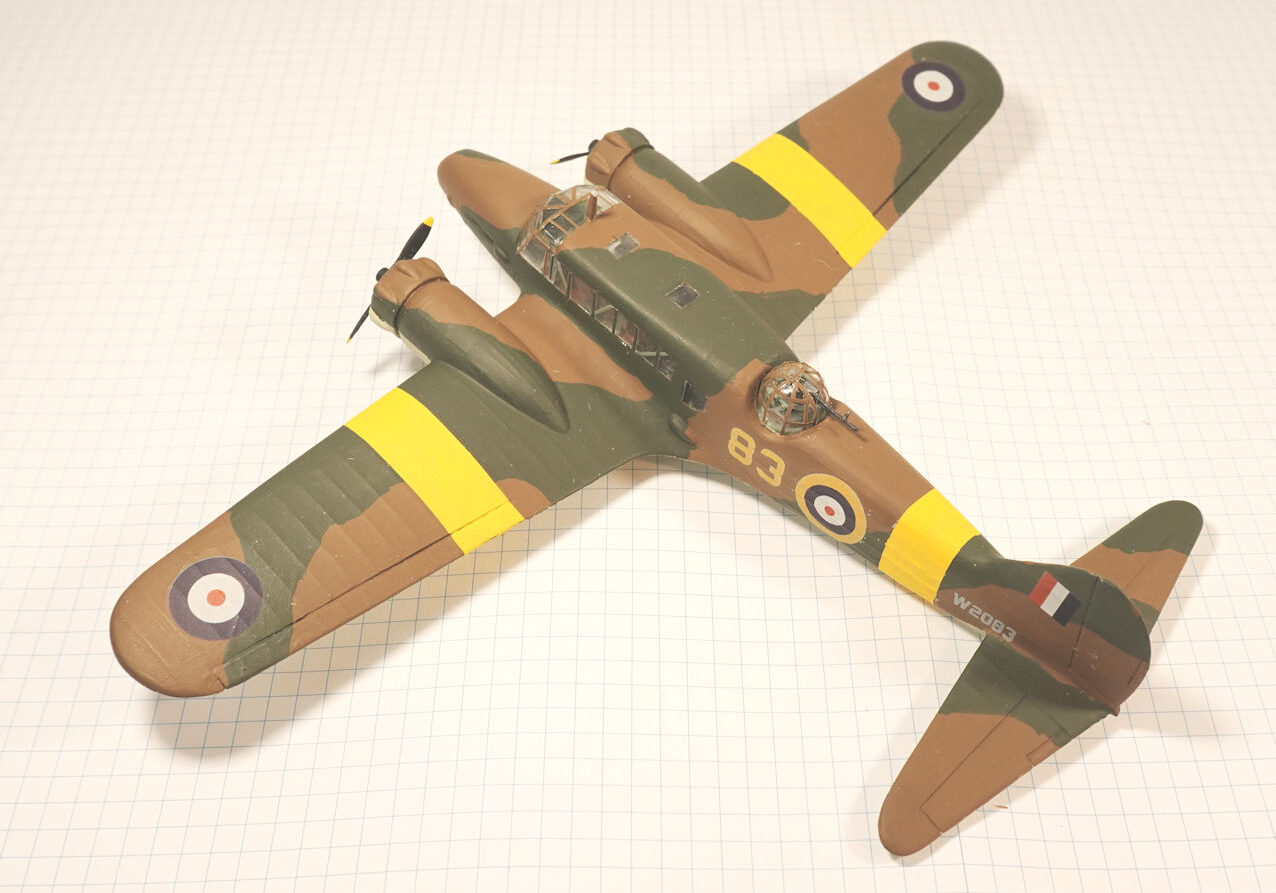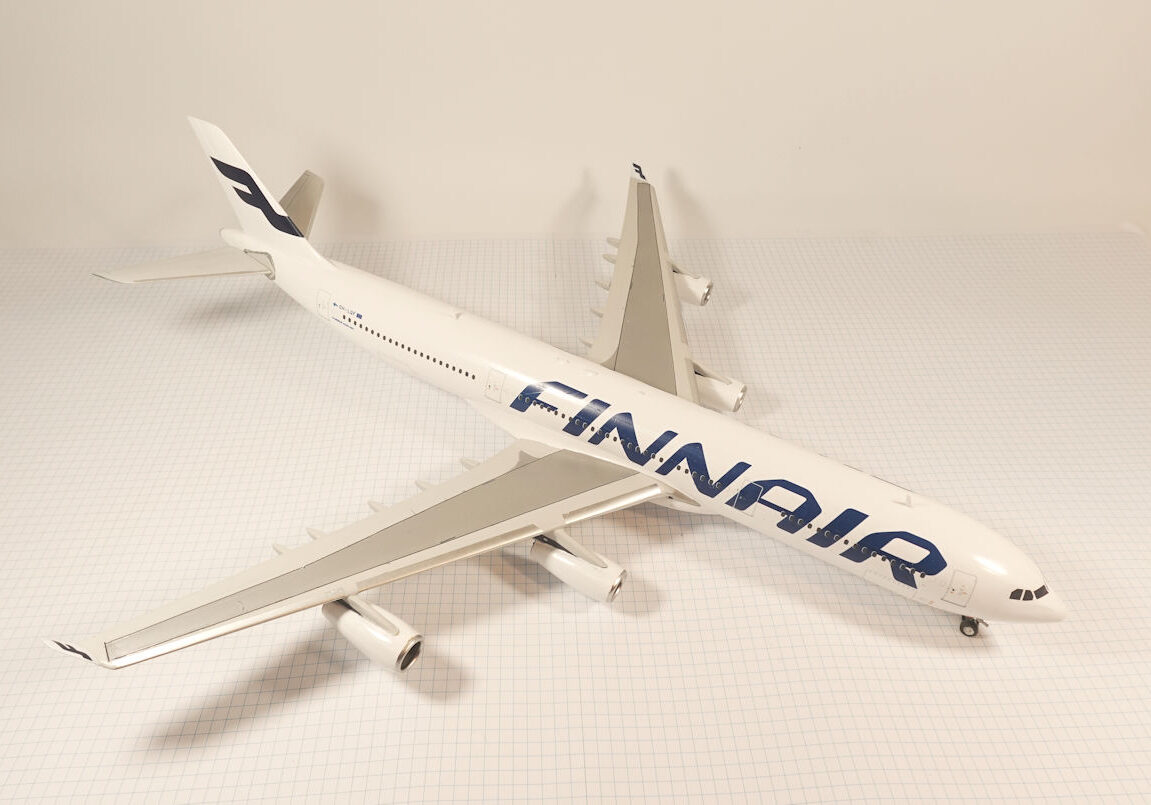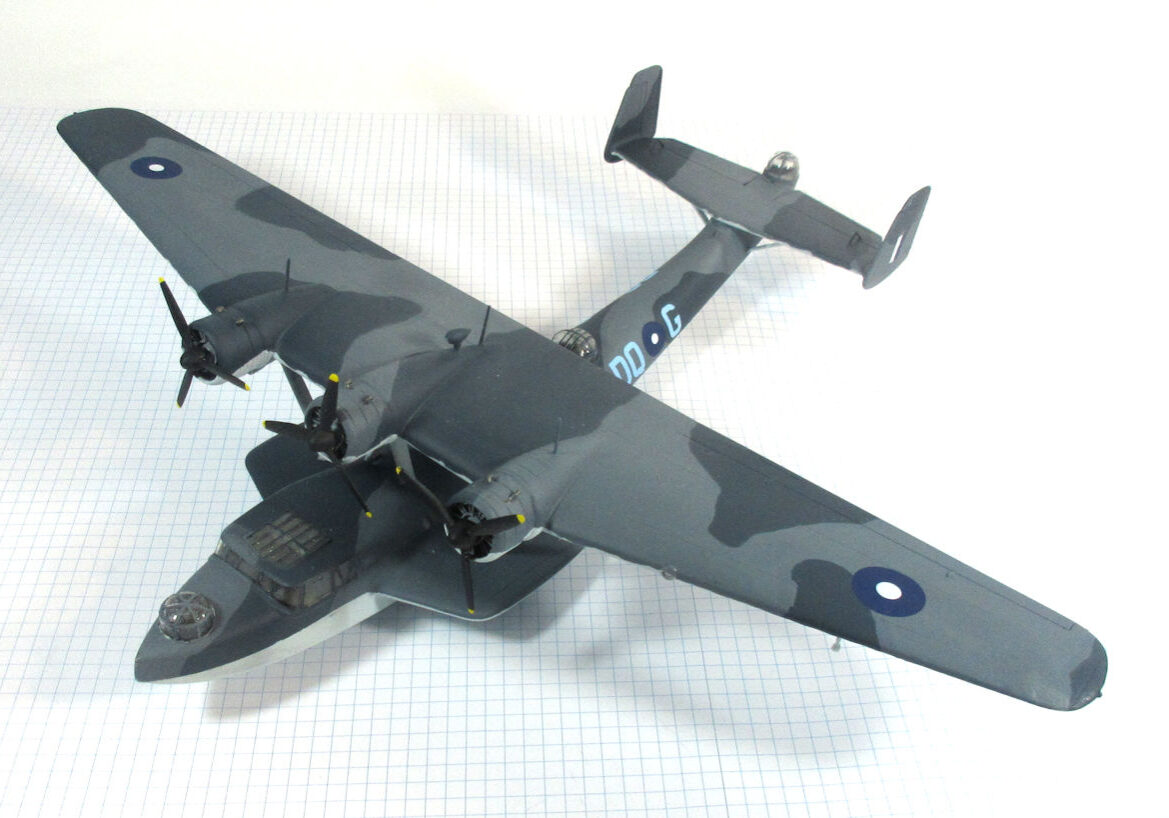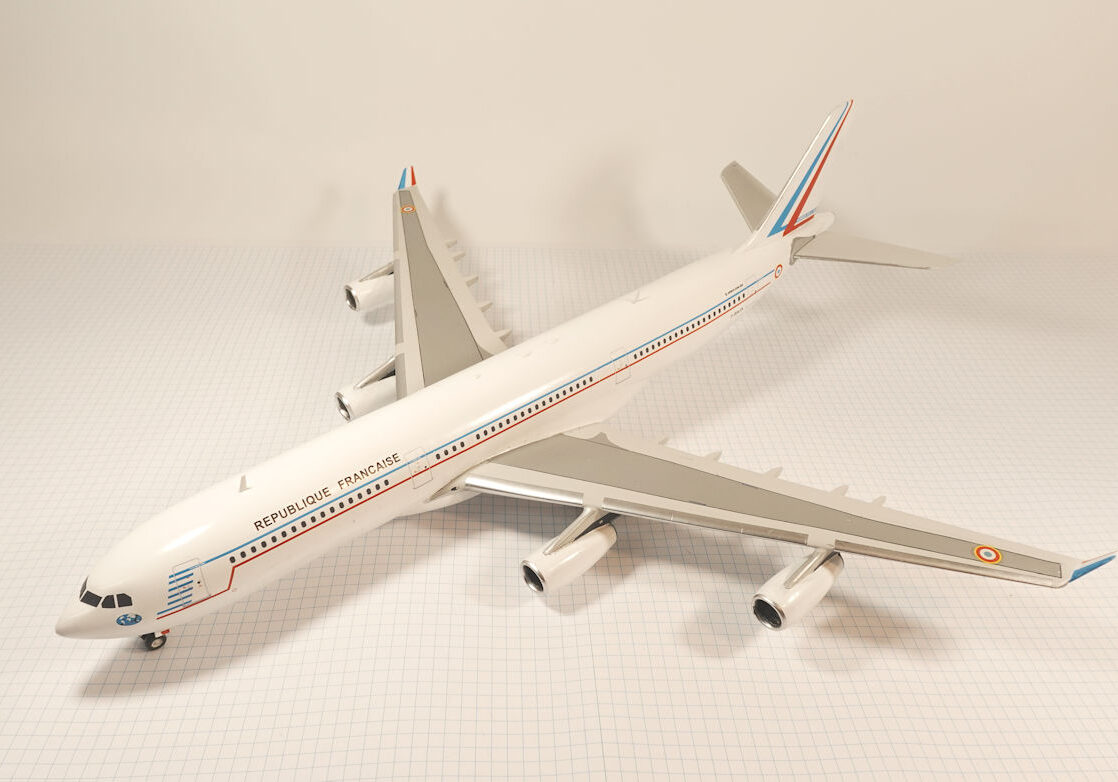History
The Mercury and Atlas combination comprised the United States’ first manned orbital space craft. There were four manned Mercury-Atlas flights between February and October 1962.
By the end of the 1950s the USSR and USA were competing to be the first into space. The USSR was in the lead with a powerful rocket that launched the first artificial satellite and first manned space flight.
The USA, with less powerful rockets, had to use a lighter spacecraft and the Mercury capsule was virtually the smallest vehicle that could be built around a man.
The Atlas launcher was designed to send nuclear weapons to the USSR and several were used, without major modification, to launch the Mercury capsules into orbit.
After four successful Mercury flights the United States moved on to the two man Gemini project.
This model represents the first Mercury-Atlas, Friendship 7, that flew with John Glenn on board on 20 February 1962.
New Ware 1/144 kit. Completed in June 2006.
